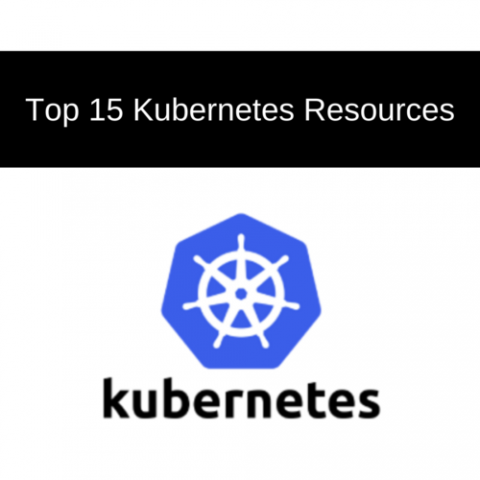GitLab 2021 DevSecOps Survey Key Findings
For the last several years, GitLab has run a major survey about the trends facing the DevSecOps community. This year over 4,000 people responded to the survey, 40% who identified as a Software Developer / Software Engineer. Also about half the survey participants are based in Asia, a major region for Software Developers. One of the biggest trends you will find throughout the survey is how much developers value speed and efficiency.










